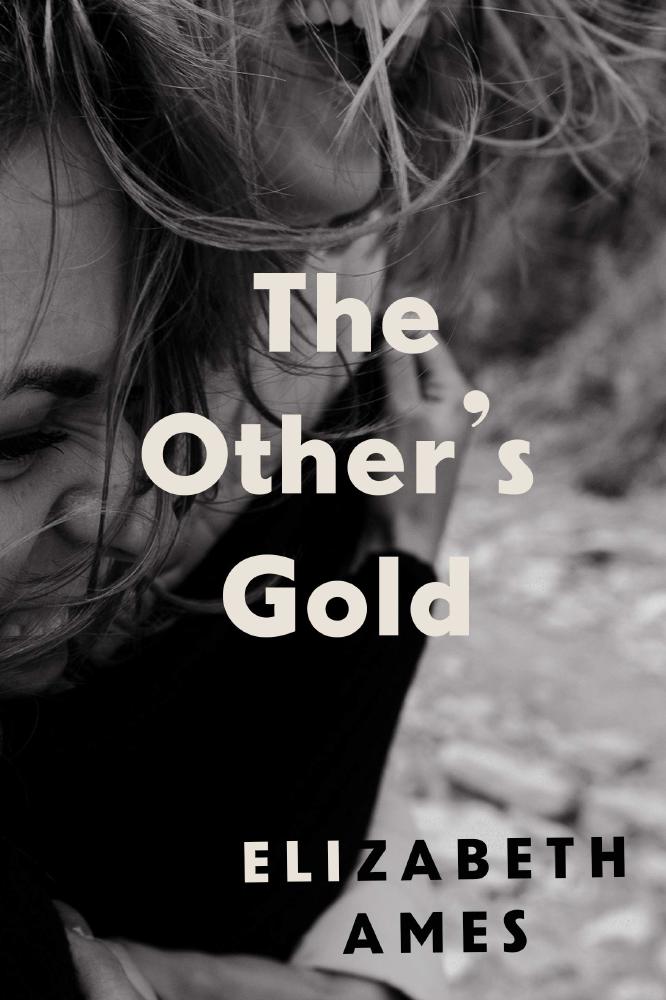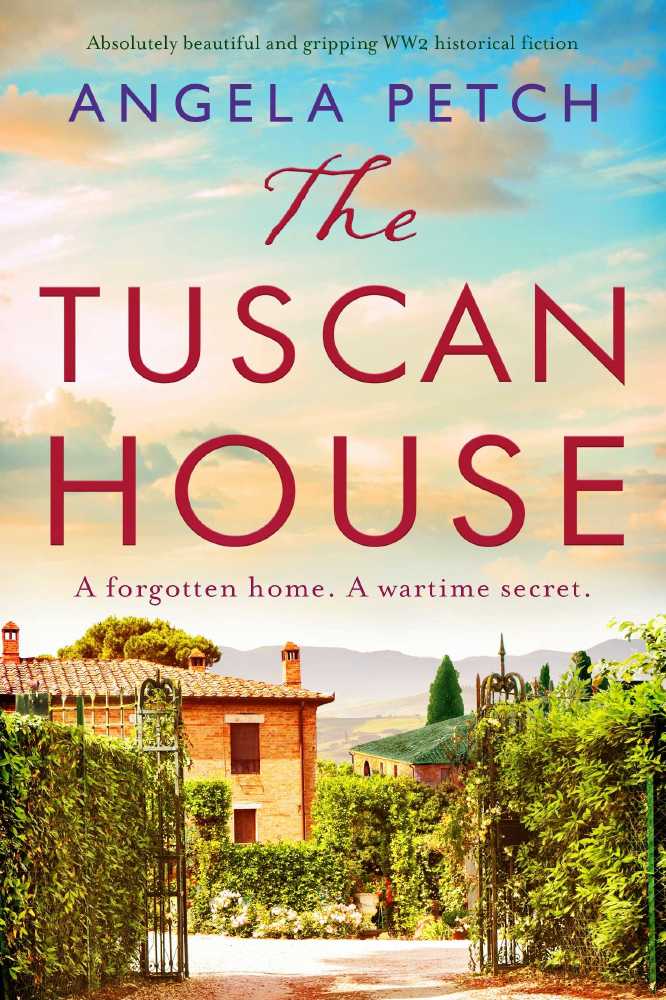-

The Other's Gold
1. The seed for The Other’s Gold was planted when I moved back into a college dormitory—nearly fifteen years after graduating college—with my husband and our new baby. Learning how to be a parent alongside young people, many away from their own parents for the first time, made me think deeply about the relationships that sustain us.
2. About that baby. I was so worried that if I didn’t publish a book before I became a parent, I never would. But—after some of the earliest, haziest days—having a child made me more productive a writer than ever before. I hope aspiring writers with that same worry will find this as encouraging as I did when I read about Elizabeth Strout working in her parked car as her daughter napped in the backseat.
3. Quincy-Hawthorn, where the characters meet, is an invented college, but I did take inspiration from Harvard University, where we live, and the University of Wisconsin- Madison, where I was an undergraduate student. The intimacy and intensity of coming to school and figuring out who you are, in close quarters with others doing the same, makes campus novels and boarding school books irresistible to me!
4. Though I wasn’t part of a tight foursome in college myself, I love to hear readers—some still in college, some many decades from that time—talk about their own college friend groups and how the dynamics have shifted over time. The bond between friends is as rich and complex as in any other relationship, and I never tire of thinking about my own lasting friendships, and hearing about other people’s.
5. One of the most meaningful bits of praise I’ve received about the book has been that it was both a comfort and a distraction for people during the pandemic. One reader wrote about the book’s evocation of the physicality of friendship, how much she longed for that and missed it in her adult life even before the pandemic forced that distance.
6. One of the most unexpected responses has been some readers’ strong desire for the characters to be punished beyond what occurs in the text. I find this both fascinating and confounding, and can’t help but wonder what this group might like to mete out, and whether they’d wish the same on a group of made-up men making awful decisions.
7. The title of the book comes from “Make New Friends,” a Girl Scout song that also serves as an epigraph: Make new friends, but keep the old, one is silver and the other’s gold. It’s a sweet campfire ditty, but some versions are so haunting! I recommend a visit to YouTube to listen to a choir singing it as a round. That’s how long I want to be your friend….
RELATED: Seven things I'd like my readers to know about The Tuscan House by Angela Petch
There are still so many hidden stories about war to discover. In researching the background for my fourth novel with Bookouture, I came across the FAU: The Friends Ambulance Unit set up by Quakers. Richard, my hero, is a pacifist but he wants to prove that he is not a coward. Set up in WW1, during WW2 the FAU was re-formed to provide opportunities for active service for conscientious objectors. They helped with aid-relief in hospitals at home and abroad. FAU members worked as ambulance drivers, medical orderlies and blood transfusion technicians. They also helped in civilian clinics, with refugees and with harrowing work in Belsen. The FAU ceased ops on June 30th 1946....


